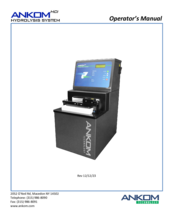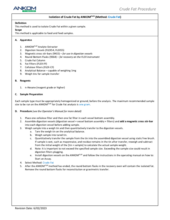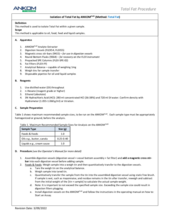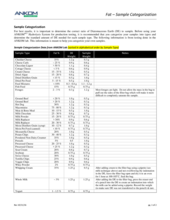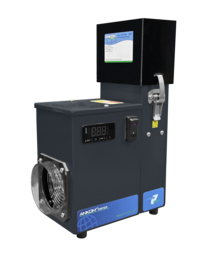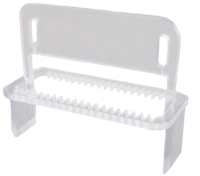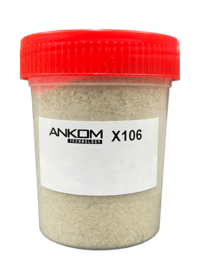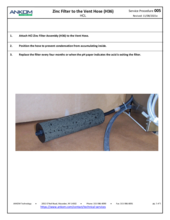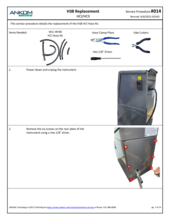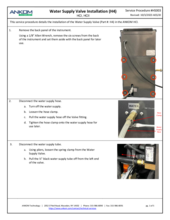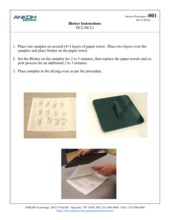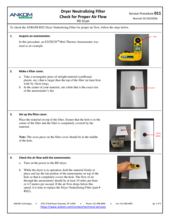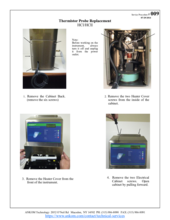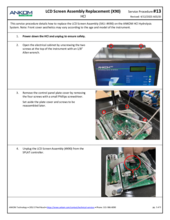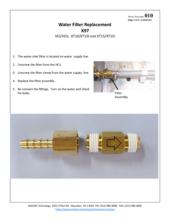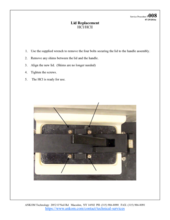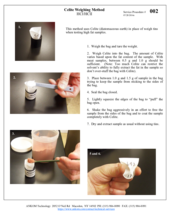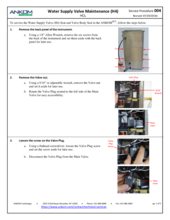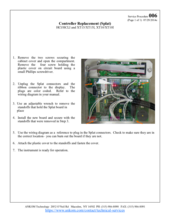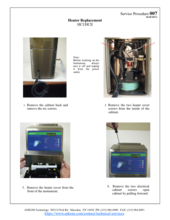HCl Support
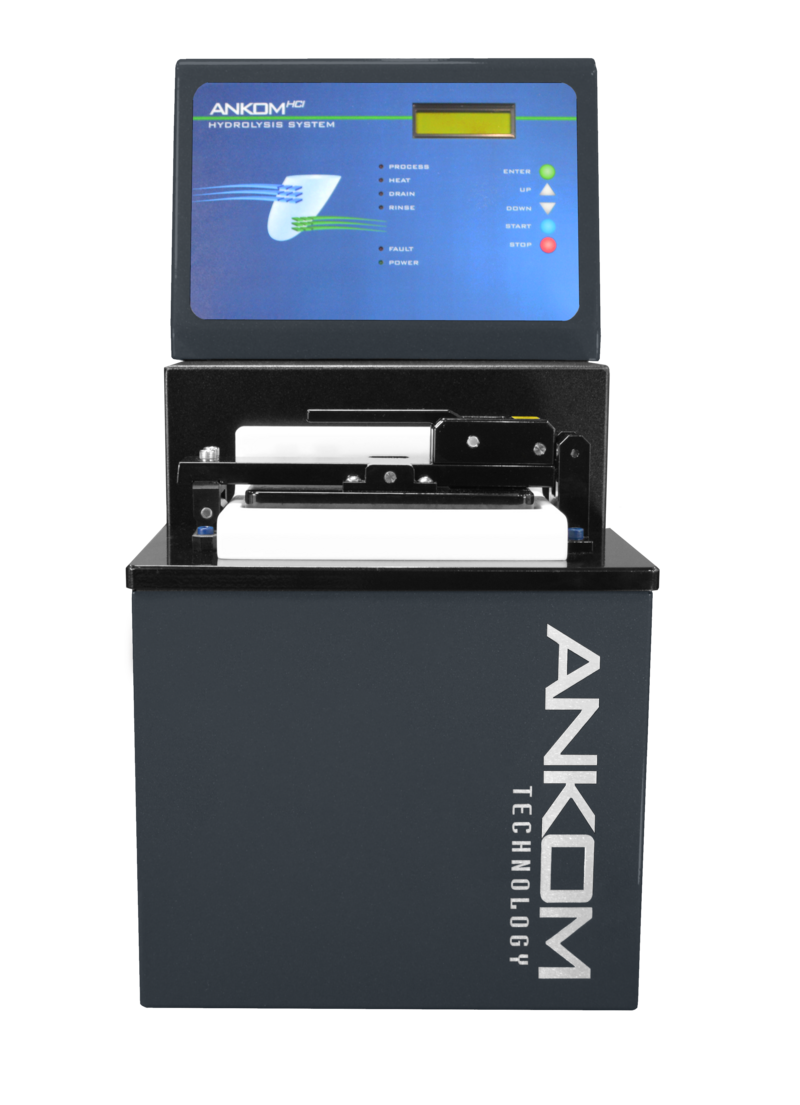
Manuals & Methods
Top Five FAQs
Possible Causes:
(1) The vent tube or drain tube is blocked. The blockage is caused by water trapped in the line. It is very important that the vent and drain tubes run downhill and are not submerged in water. If the vent tube is blocked, a vacuum is created, and the vessel cannot drain.
(2) There is a faulty drain valve. If tubes are functioning properly, contact ANKOM for instruction in testing the drain valve.
You can see unexpectedly high values when hydrolyzing fat samples if the samples are not adequately dried after the hydrolysis step.
Possible reasons for insufficient drying include:
(1) Dryer is not working properly
- Filter needs to be replaced
- Dryer is not heating up to the correct temperature (the dryer controller should be set at 110°C)
(2) Samples are not being dried for a long enough time
- All samples should be dried for three hours
(3) Contaminated rinse water
- The water used for rinsing the sample must be free of contaminants (e.g., salt)
Place a strip of litmus paper in the desiccant pouch (as noted in the procedure). If the paper shows the presence of acid when the dried XT4 bags are placed inside the pouch, dry the samples for an additional 30 minutes. Repeat this procedure until the acid is gone.
Research with high fat samples has given us the following understandings:
- Some samples with fats that have low melting point triacylglycerides or emulsifiers may encounter fat migration during hydrolysis.
- To improve fat retention, increase the level of diatomaceous earth (DE) to sample ratio. A ratio of up to 7:1 can be used by reducing the amount of sample and increasing the amount of DE. No more than 1.5g of DE and sample should be placed in each bag.
- The increased volume of DE inside the bags will limit the number of samples processed in the hydrolysis chamber to ten.
- Reducing the hydrolysis temperature and time may also improve fat retention.
- If, after increasing the DE-to-sample ratio, fat continues to migrate from the bag then a crude fat extraction before hydrolysis may be necessary. By running a crude fat extraction first, the readily available fats are removed before the hydrolysis but are accounted for. This additional extraction step does add time to the analysis but is useful for some high fat samples and produces accurate results.
- Fat migration can be detected by placing an empty bag next to suspect samples. Place a blank XT4 bag filled with 0.5g of DE next to high-fat samples in the holder and perform the hydrolysis. If an empty bag gains more than 0.0025g of weight during the extraction, this is an indication of fat migrating from the neighboring high-fat sample during the hydrolysis.
If a Mojonnier solvent (pet ether, ethyl ether, ethanol) is utilized, a blank value of 0.0030g is normal. If pet ether or hexanes are used, a blank value of 0.0010g is normal.
During the hydrolysis phase, fat migration may occur with samples that have fat with low melting points such as triacylglycerides or emulsifiers. Fat loss can be detected by placing an empty bag next to suspect samples in the holder and performing the hydrolysis. If the empty bag weight is higher than usual during the extraction, this indicates fat loss from the neighboring sample during the hydrolysis. We recommend a greater amount of diatomaceous earth and a reduced sample size with any sample showing this indication of fat loss.
To understand how to mix DE with various sample types, view the How to mix DE with samples video.
ANKOM RD Dryer
The ANKOM RD Dryer is designed to dry samples and resist corrosion.
Capable of processing 24 filter bags in a single run, the RD is a durable, compact instrument that fits easily in a hood.
Parts & Consumables
Browse the HCl Product Catalog for associated parts and support items
Periodic Maintenance
Keep your instrument operating smoothly.
Check Sample
Check samples ensure proper function of the instrument and correct procedural technique
SDS Sheets
View associated product documentation and safety information
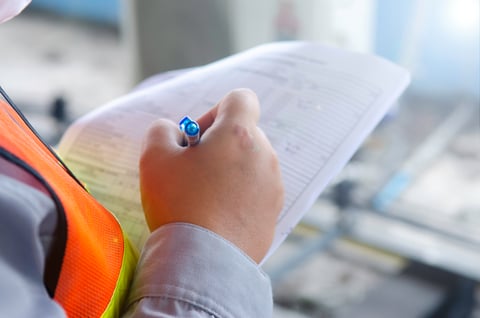
Service Procedures
How can we help?
Don’t see what you need on this page?
Search for a specific topic to search all resources.
